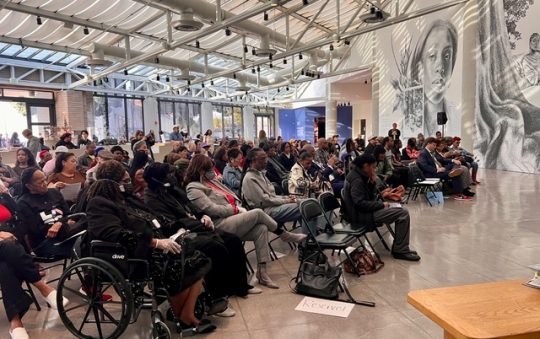
The city of Los Angeles will need more than 164,000 new apartment units by 2030 to keep up with demand, according to a study released Monday by the National Multifamily Housing Council and the National Apartment Association.
Demand for apartments in Los Angeles and elsewhere nationwide will be pushed by population growth, immigration and lower rates of home-buying, according to the report.
Between 2011 and 2016, an average of 5,980 investment-grade units were built annually in Los Angeles. By comparison, L.A. will need to average 9,647 units per year in the future to reach the needed level by 2030, according to the study.
Investment-grade apartments are usually larger properties, which are likely to attract attention from large institutional buyers like insurance companies or real estate investment trusts. Nationally, 4.6 million units will have to be built, according to the report.
Los Angeles is currently experiencing a housing crunch, as over the last several decades construction has not kept pace with the population growth, which has led to rising rents and a lack of affordable units, numerous studies have found. As a result, Los Angeles Mayor Eric Garcetti set a goal in 2014 for the city to construct 100,000 new housing units by 2021, and the city is about halfway to achieving the goal.
Among the latest study’s other findings:
— Los Angeles will need all types of apartments and at all price points;
— there are an estimated 1.2 million apartments in Los Angeles; and
— Los Angeles apartment developers, owners and managers, and their residents, contribute $63.1 billion to the local economy annually.
Authors of the study said builders will not only need to expand L.A.’s supply of apartments, but renovate or replace older units. Across the U.S., it’s estimated that 51 percent of apartments were built before 1980, mostly in the Northeast.






